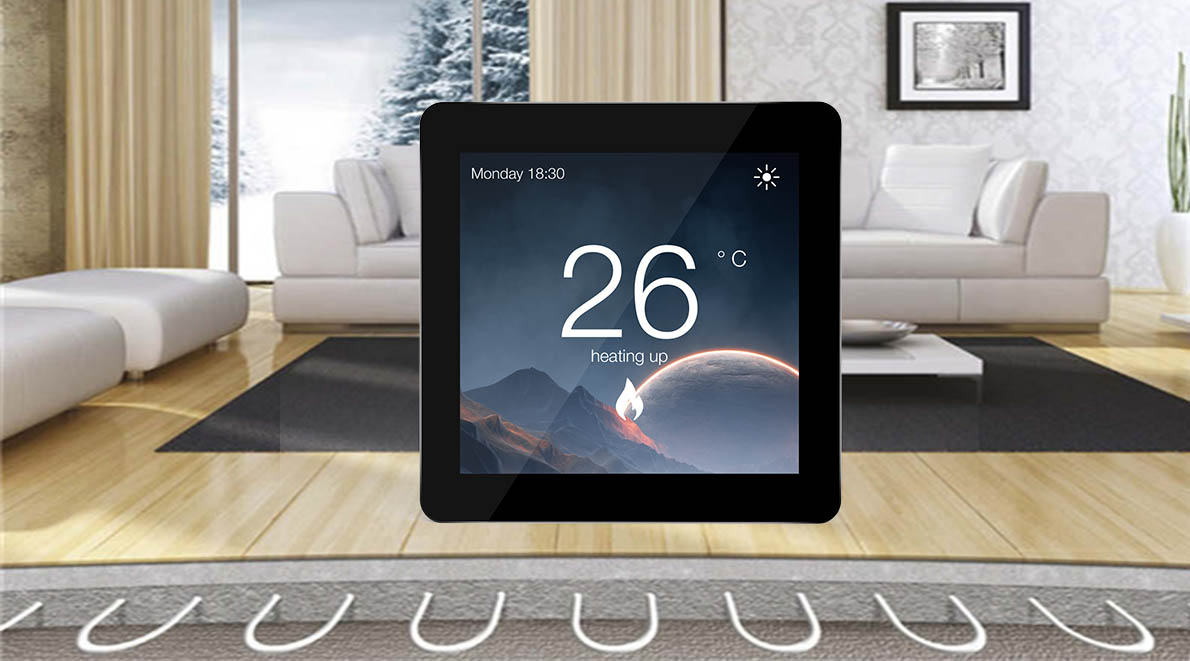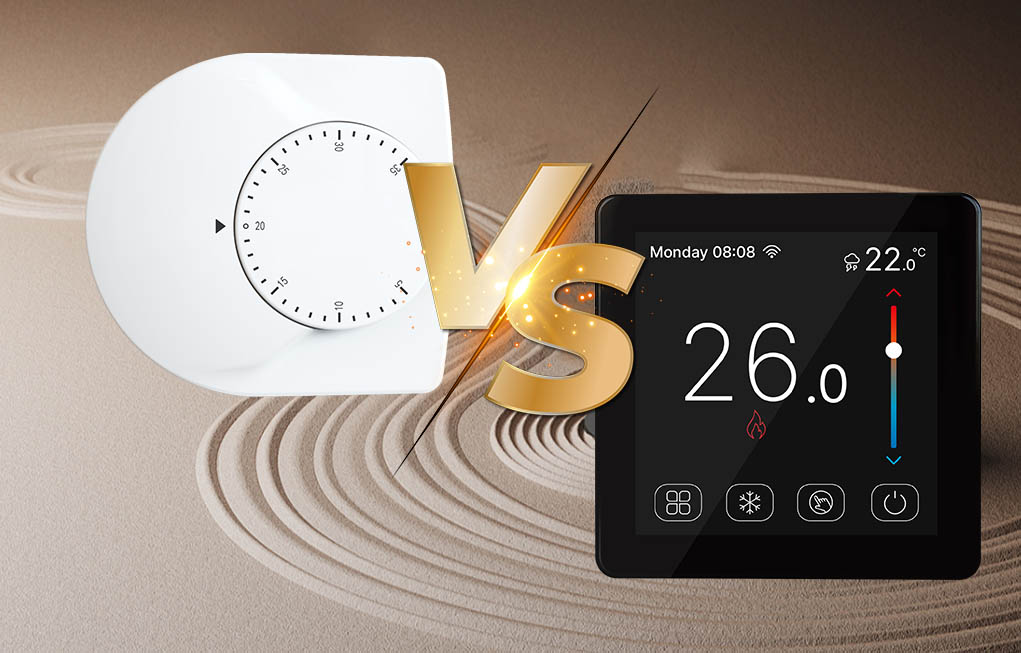Never miss an offer or update. You can unsubscribe at any time.
 Basic introduction of Heat Pump and Thermostats
Basic introduction of Heat Pump and Thermostats
 How Mechanical Knob Thermostats Differ From Smart Programmable Controllers
How Mechanical Knob Thermostats Differ From Smart Programmable Controllers
 Address:No.6 of Tong'an Industrial Park, Meixi Rd,Tong'an District, Xiamen China 361100
Address:No.6 of Tong'an Industrial Park, Meixi Rd,Tong'an District, Xiamen China 361100 Phone:+86 0592 6155792
Phone:+86 0592 6155792 Email:info@etopcontrols.com
Email:info@etopcontrols.comNever miss an offer or update. You can unsubscribe at any time.

